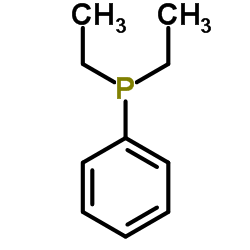| Structure | Name/CAS No. | Articles |
|---|---|---|
 |
Diethyl(phenyl)phosphine
CAS:1605-53-4 |
| Structure | Name/CAS No. | Articles |
|---|---|---|
 |
Diethyl(phenyl)phosphine
CAS:1605-53-4 |